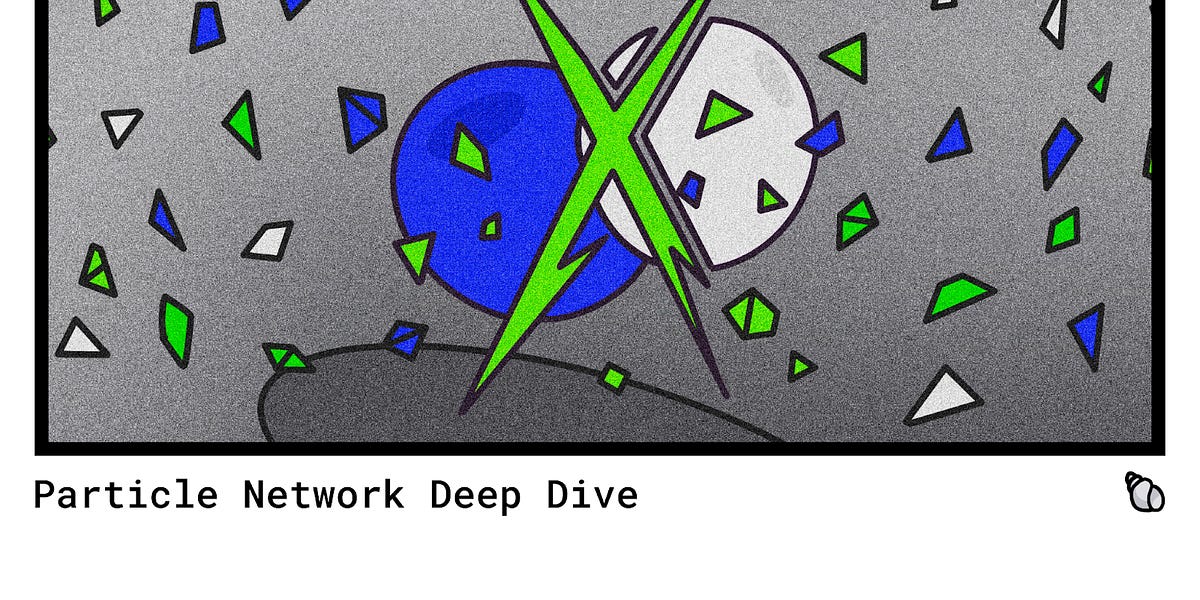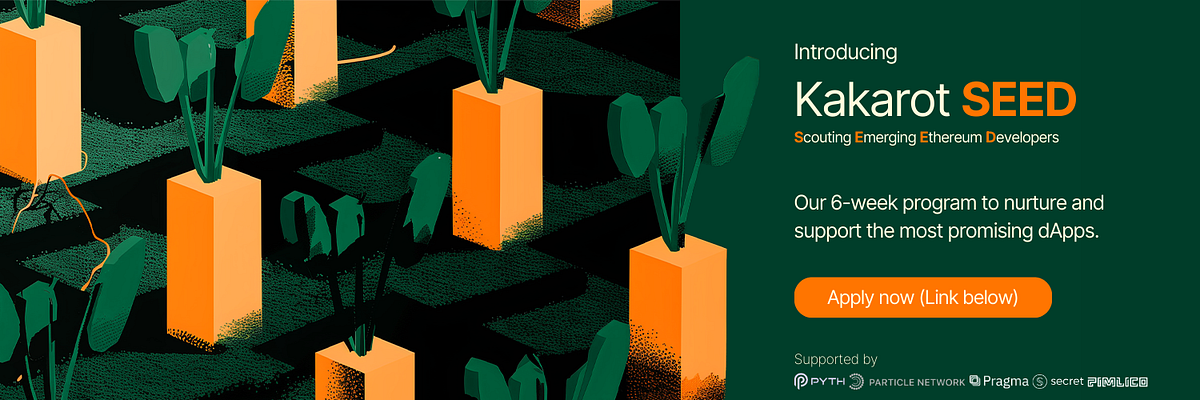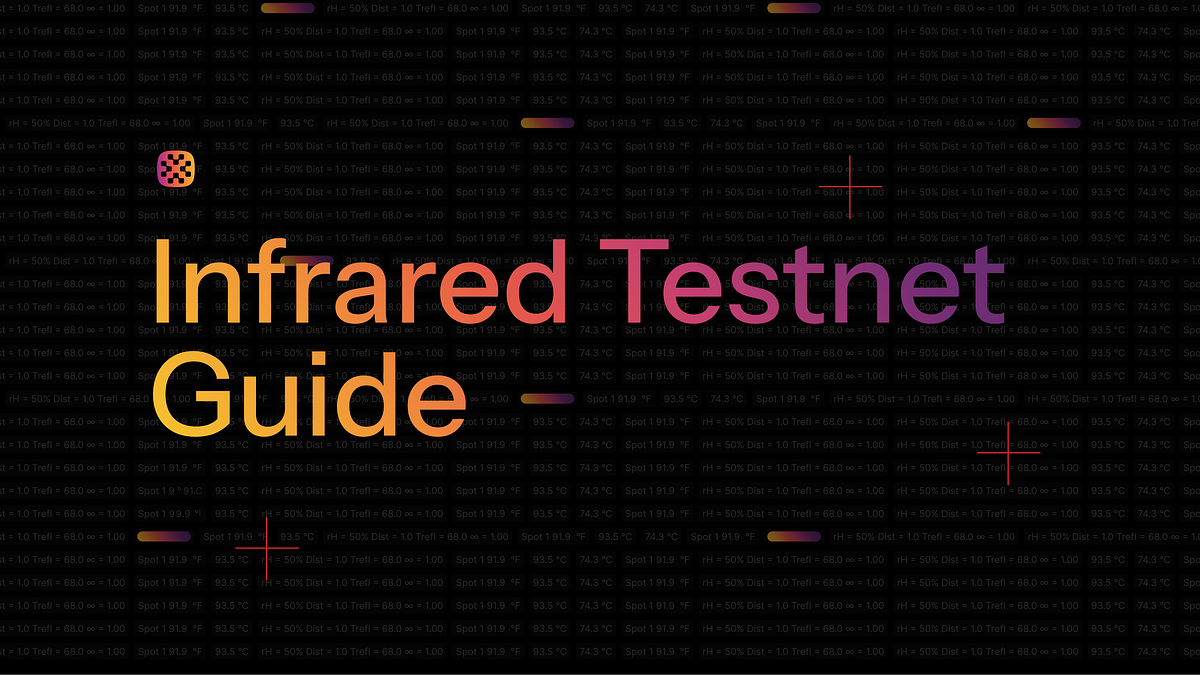Signum Newsletter 7
Weekly alpha for your weekend reads
This edition of the newsletter dives into the Fluence Network - a decentralised cloudless compute network and its ongoing staking campaign. We'll also share some interesting articles, portfolio updates and market highlights.
Special thanks to YY, Melvin, Adna, Nikos, Keith and Ash for their help.
Please do enjoy reading,
Ash

1. Research Articles
a) The Race to Dominate Stablecoins
• Stablecoins - a novel form of interoperable and programmable money that has the potential to rewire the global financial system and displace legacy payment and credit card networks such as SWIFT, Visa, and Mastercard.
• Stablecoins are the bridge between cryptocurrencies and traditional finance and those that control the stablecoin market will wield substantial influence over the future of money.
b) Build on Bitcoin
• In 2024, total TVL of Bitcoin sidechains reached a record high of $2B.
• BOB, a hybrid Layer-2 launched on May 1 2024 with over 133,000 unique addresses on-chain and close to 300 active contract addresses weekly.
c) Exploring Bitcoin for Data Availability
• The emerging landscape of zk-rollups on Bitcoin, aims to post ZK-Proof outputs and state differences to the Bitcoin L1.
• For a Rollup to fully align with Bitcoin, it must utilize it for data availability. This choice, while costly, leverages Bitcoin's unparalleled security, immutability, and decentralization.
d) Points Part I - Decoding Points Programs: The New Economic Incentives in Crypto
• Points = the new liquidity mining reward era, are now used as incentives to reward users of a protocol via loyalty programs that convert to a token allocations during TGE.
• However, the market is imbalanced, with most rewards going to those with higher capital and effort. To maximize benefits, users should carefully consider factors like program stage, available capital, and time commitment. Protocols should also design their programs strategically to retain users and ensure fair rewards distribution.
e) Particle Network: The Chain Abstraction Layer
• The ideal future of crypto is a user-friendly environment where the user requires no knowledge of any underlying blockchain infrastructure nor go through arduous onboarding and bridging processes.
• Particle Network aims to solve this with their Universal Account that provides a simple interface for unifying token balances across different chains, Universal Liquidity enabling UAs on the backend, and Universal Gas allowing users to pay gas fees in any token they hold.
f) Consumer Crypto: Beyond Web2 Replication
• For consumer dApps to succeed, projects must leverage familiar consumer behaviors and create better incentives for them, rather than attempting to port existing web2 apps onto a blockchain or reinvent the wheel.
• The author explores projects like PuffPaw, BlackBird, TYB, and SkyTrade combines real-life activities with decentralized technologies across various ecosystems
2. Portfolio Highlights
a) zCloak
• zCloak is developing a universal ZKP verification layer, Cloaking Layer, that enables verification and delivery of ZKPs across different blockchains.
• They've released tools for users to create and verify ZKPs, and are expanding compatibility to include more zkVM platforms and non Ethereum platforms like Solana and Bitcoin L2s.
b) Blade Games
• Blade Games is an on-chain game studio building trustless game and the infrastructure that supports it.
• The team released their CoinPUPS game mission which can be viewed here: https://focg.0g.ai/mission.
c) Angelic
• Angelic is an RPG game where players customize and lead a squad of heroes through perilous adventures, battling players or AI in strategic turn-based combat.
• The Chaos Theatre trailer reveals that the upcoming strategy RPG's open multiplayer Alpha test begun on August 6.
d) 0xPass
• The 0xPass team releases an expanded vision paper on Passport Protocol's architecture and decentralization plans.
• Their vision is to bring universal accounts to life: Global accounts with Web2-like UX that can sign across chains and dapps in a programmable, seedless, and even autonomous way.
e) Kakarot
• Kakarot's SEED (Scouting Emerging Ethereum Developers) is a 6 week program aimed at getting pioneering developers to cultivate their most innovative ideas on Kakarot.
• They are looking for DeFi dApps, consumer dApps and account abstraction dApps.
f) Agent Layer
• Agent Layer is a a decentralized autonomous AI Agent network layer.
• Our joint fund with UOB Venture Management invested in this decentralized AI Agent Infrastructure, aiming to build a coordinated network of AI Agents to enhance productivity for billions and democratize AI access.
g) Infrared Finance
• Infrared deployed their dApp and i$BGT onto Berachain’s bArtio testnet to allow users to experiment with the system before mainnet.
• The guide below shows users how to LP on BEX (main DEX on Berachain) and stake the LP tokens in one of their Proof of Liquidity (PoL) vaults.
h) Soul Wallet
• Soul Wallet is a smart wallet for Ethereum L2s that allows users to explore Ethereum with social recovery and passkey.
• Their v1 soft launches on Optimism with in-built social recovery via wallet and email (powered by zkemail), gasless transactions (by pimlicoHQ) and a web first (PWA) usage with passkey.
i) SafeStake
• Safe Stake is a distributed validator (DVT) platform for maximizing ETH staking rewards.
• In their latest newsletter, the team provides updates on their latest testnet updates to the impending Private Mainnet Launch.
3. Fluence Network
Cloudless Computing Platform
Fluence Protocol is a DePin powered and open-sourced decentralised network that represents a cloudless computing platform + marketplace based on crypto-economic incentives. This AI x DePin project is supported by Filecoin and Protocol Labs and is governed by the Fluence DAO powered by the $FLT token.
This piece aims to provide readers a high level overview on Fluence Network and some analysis of its token before giving some updates on their new campaign called 'Stake Race'.
Project Introduction
Being a decentralised cloudless network allows Fluence to offer a platform to anyone to contribute computational power or request certain AI computations to be done, all in a decentralised manner without central servers involved. What this means is that they allow anyone to contribute computational power (DePin) or request computations (AI) to be done, all in a decentralised manner.
By aggregating compute from CPUs across global data centers, the network provides a decentralized platform that monetizes idle compute resources through an $FLT token-powered economy. This economy also supports a marketplace that balances supply and demand between stakeholders using crypto-economic incentives fuelled by the token.
The need for decentralized and open-sourced AI models is stronger than ever:
• Fluence's serverless computing platform ensures queries are free from hidden bias and censorship, particularly as AI regulations increases.
• Centralized systems pose privacy risks and offers no transparency. Fluence's decentralized network guarantees transparency and resilience.
DePin and AI Narrative
(a) DePin
The whole premise of DePin is to bridge physical infrastructure to blockchain technology. In Fluence's case, the $FLT token is used as crypto-economic incentives to reward users + data centres around the world that provide compute to the Fluence network (vast P2P network of compute with servers hosted on various providers), which provides a distributed and decentralised network. Additionally, all computations performed by the network are verified using blockchain and cryptographic proofs.
(b) AI
In terms of AI initiatives, providing decentralised and verifable compute is important in order to prove that AI engines on the network are trained on specific datasets. Queries also need to be proven they were executed without manipulation from external sources/influence. The cloudless platform can also run open decentralised AI models to ensure transparent and uncensored outputs.
$FLT Token
Fluence's economic model relies on the $FLT token to manage its computing resource and it serves 2 key purposes:
• Securing hardware servers to ensure the availability of physical computing resources.
• Managing compute jobs to control tasks to be executed on these servers.
The economy thus consist of 3 stakeholders:
• Compute providers stake $FLT tokens to provide compute to the Fluence network and marketplace, and in return receive more $FLT rewards as compensation.
• Developers use Fluence's open-source and P2P network to build dApps, APIs and other digital services of which they have to pay compute providers for providing compute power.
• Users stake for additional $FLT rewards and participate in governance proposals.
How Staking Powers Fluence Network
Fluence relies on the $FLT token to incentivize and secure its network:
• Compute Providers are individuals or organizations that offer their CPU resources (Compute Units) to the network. To activate a new server, they must stake $FLT as collateral.
• Stakers are individuals that invest in the network by staking $FLT to a provider's Capacity Commitment. This activates unused CPU cores and generates rewards based on the stake amount, duration, and the provider's performance.
Users should stake FLT because of the reasons listed below:
• Network Growth: Staking drives the expansion of the Fluence network by incentivizing providers to add more servers.
• Trust and Security: Staking ensures providers are committed to the network and upholds the quality of service.
• Rewards: Stakers earn a share of the network's revenue.
• Early Bird Benefits: The first 100 stakers enjoy a bonus of 1 additional $FLT for every $FLT staked.
The $FLT token thus secures the network by:
• Hardware Activation: Providers must stake $FLT to activate their CPU cores
• Proof of Capacity: Providers continuously prove they hold the required stake to avoid penalties
• Job Execution: $FLT secures the execution of compute jobs, with incorrect results leading to stake slashing
• Limited Supply: The number of stakers is capped to ensure network health and maximize rewards for early adopters.
By aligning the interests of providers and stakers, Fluence creates a self-sustaining ecosystem where compute resources are efficiently utilized and rewarded.
Stake Race Campaign
Fluence Network has also introduced their $FLT Stake Race programme designed to onboard users onto the Fluence Protocol and promote decentralised web computing, while also offering up to 1m $FLT tokens in prizes. This is a 10-week campaign that started from July 16 and will last till September 30.
Participants in the $FLT Stake Race vie for the top 100 spots for a chance to win a share of the prize pool. Below are the key dates:
• Lap 1 (The Ignition): 16th July to 23th August.
• Lap 2 (The Final): 2nd September to 30th September.
Note that prizes will be distributed at the end of each lap.
Apart from the rewards, the Stake Race also presents an opportunity for participants to get whitelisted and be the first to stake and earn $FLT rewards in the future. Staking capacity is limited by the quantity of hardware on the network, which will only grow as the number of CPU cores on the platform grows.
Follow the steps below to get yourself whitelisted and start staking:
• Look out for an access code on Fluence’s community channels (Twitter or Discord)
• Head over to https://race.fluence.network
• Start and complete the relevant quests
• Check back in weekly for new tasks
Do note that there will be 100m $FLT tokens for the top 100 racers, where 10k $FLT tokens will be rewarded for the top-20 gainers on a weekly basis. This ensures that participants can stake at any time between the Stake Race period as there are plenty of opportunities to earn regardless of the entry date.
Apart from the token rewards, there is also an exclusive staking access NFTs given for the all-time top 1000 participants to grant them early staking access and rewards.
Disclosure: Signum Capital is an investor in Fluence Network.
Relevant Links
(a) Socials
• Twitter: https://x.com/fluence_project
• Website: https://fluence.network
• Tokenomics: https://blog.fluence.network/fluence-tokenomics-explained/
(b) Stake Race Details
• Campaign info: https://blog.fluence.network/start-your-engines-the-flt-stake-race-is-on/
• Stake Race FAQ: https://blog.fluence.network/flt-staking-faq/











 Important Announcement:
Important Announcement:
 39
39








